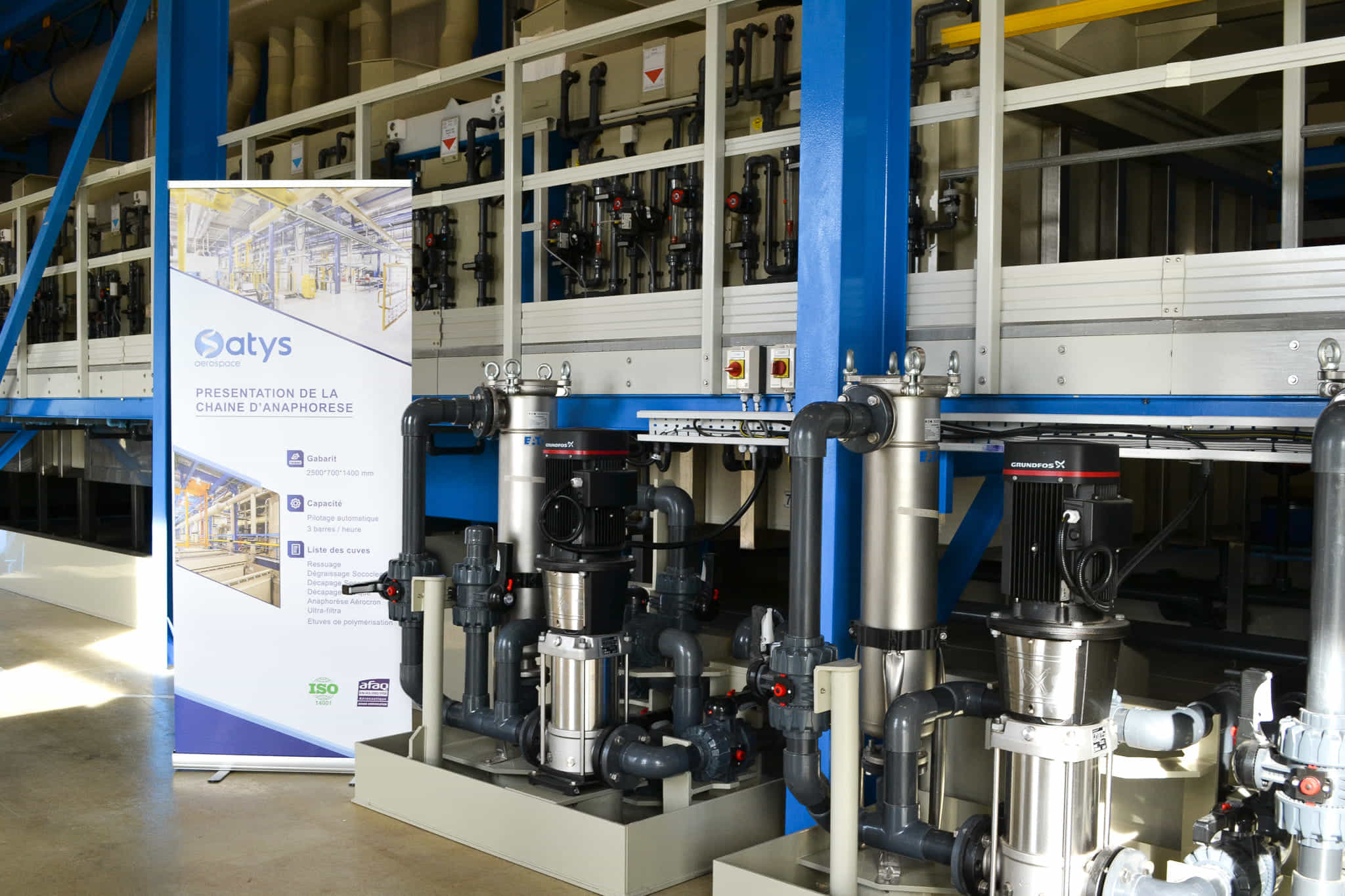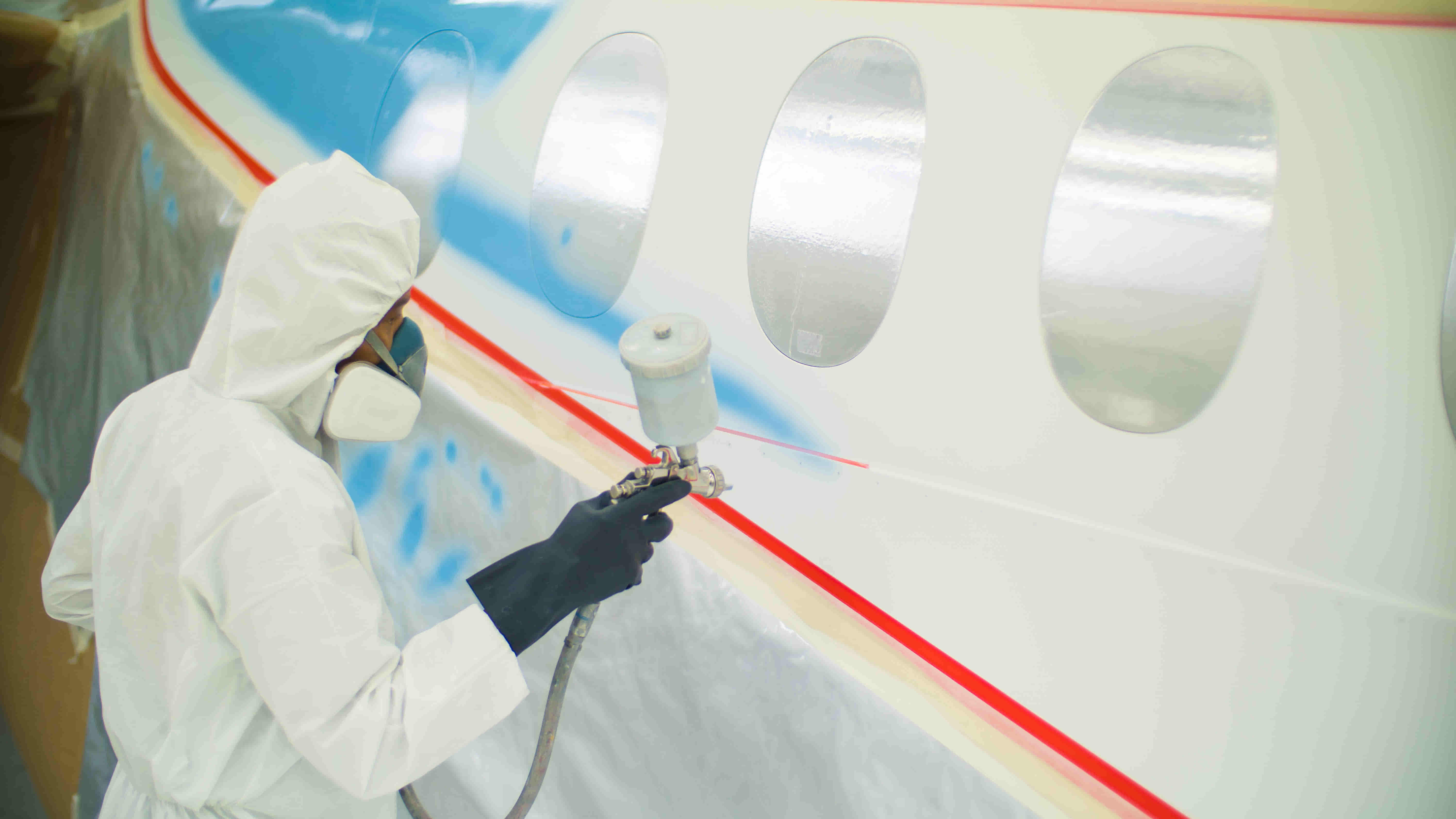
Supporting the growth of the Aerospace Industry through decarbonisation
After the covid crisis that affected the entire aerospace industry in 2020 and 2021, including our Group, the ramp-up of civil and military programs, the growing needs of airlines and the development of maintenance activities, as well as the integration of an acquisition made in 2022, enabled sales in 2023 to reach a record €190 million, thanks in particular to the very strong commitment of our teams.
Growth is set to continue, and we plan to hire 500 people worldwide between 2024 and 2026.
We are currently working on several projects. “We face a number of challenges,” confirms Grégory Mayeur, the group’s General Manager. “First of all, we have to meet the production requirements arising from the ramp-up of Airbus and Dassault Aviation, whose order books are full for a decade. Never before has the civil and defence aerospace industry experienced such sustained growth. It's up to us to meet the demands of these leaders in terms of operational performance and on-time delivery.”
North America, the Middle East and Asia are also in the sights of Satys Aerospace, which is already present in 13 countries.
Satys has invested heavily in France, and will continue to do so, with the opening of a long-haul aircraft paint shop in Châteauroux in 2025, following the commissioning in 2023 of an innovative paint shop for ATRs and new production lines (Paint and Surface Treatment) for aircraft components.
Our Group also aims to continue diversifying its portfolio. It is working to develop its operating capacity in the United States. “This market, the most dynamic in the world, is a very promising growth driver for Satys,” says Grégory Mayeur. “Our recognised expertise in aircraft painting will help us to capture significant market share in North America primarily with our existing customers AIRBUS and DASSAULT AVIATION, as well as other companies. We plan on opening three new facilities in North America within the next eighteen months,” adds Grégory Mayeur.
At the same time, Satys is also expanding in the Middle East and Asia, with the opening of three new paint shops. “We're proud of the work done by our teams, who provide high-quality industrial services all over the world, both for new aircraft and for those needing to be repainted at the request of airlines,” says the General Director.
Anaphoresis, a major innovation in surface treatment
In addition to these growth ambitions is the challenge of decarbonisation, which Christophe Cador has made a priority for Satys Aerospace. As part of a partnership signed in 2022 with the Occitanie Region, the Group has committed to significantly reducing its CO2 emissions. An increased offer of painting slots without a flight ferry in Toulouse or limited (Châteauroux) also has a positive impact on the environmental footprint of the group's activities. Futhermore, after implementing an energy-saving measure, the company will be implementing an energy transition plan to recover waste heat from its facilities. Keen to be one step ahead of market expectations, the Satys management team wants to set an example in terms of decarbonizing upstream supply chains.
It was this ambition that led uss to turn to Anaphoresis for surface treatment, the group's other core business. A first in Europe. After several years of studies and trials, all conclusive, the decision was taken to equip the Dugny site, near Paris, with a production line using this innovative technology. This was a real turning point for a business which, until now, had used treatments based on chromates, heavy metals and pollutants. From now on, Anaphoresis can be used to treat aeronautical parts against corrosion, particularly critical ones, in a single application, instead of three for conventional chromium VI treatments. Compared with the latter, Anaphoresis will enable the Dugny site to reduce its V.O.C. (volatile organic compound) emissions by 95%, cut treatment cycles by around 50%, reduce costs by 20-30%, and guarantee optimum quality. In the near future, all our surface treatment sites could be using this technology.



